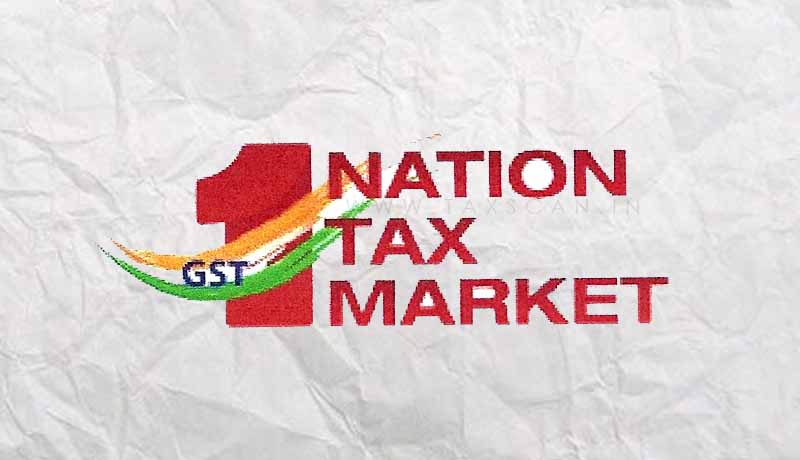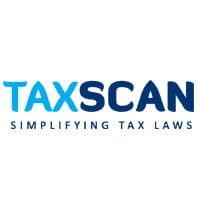‘One Nation - One Tax - One Market’: All You Need to Know about GST

Goods and Services Tax (GST), a historic tax reform, will come into effect from tomorrow i.e.1st July, 2017. GST will completely transform the Indirect Taxation landscape in the country involving both the Central and State levies.
As you know, GST will subsume all the indirect taxes such as excise duty, service tax, sales tax, VAT, luxury tax, entry tax etc. currently prevailing in India. In a departure from the normal practice, GST will be administered together by the Centre and States. The new GST law will pave the way for realization of the goal of One Nation - One Tax - One Market.
To commemorate the historic occasion, a function will be held in the Central Hall of Parliament on the mid-night of 30th June - 1st July, 2017. The occasion will be graced by the Hon’ble President, Hon’ble Vice President, Hon’ble Prime Minister, Hon’ble Speaker of Lok Sabha and Hon’ble Union Finance Minister among other dignitaries.
GST will benefit all the stakeholders namely industry, government and consumer. It will lower the cost of goods and services, give a boost to the economy and make the products and services globally competitive, giving a major boost to ‘Make in India’ initiative.
GST will make India a common market with common tax rates & procedures and remove economic barriers. GST is largely technology driven and will reduce the human interface to a great extent. GST is expected to improve ease of doing business in India.
In majority of supplies of goods, the tax incidence approved by the GST Council is much lower than the present combined indirect tax rates levied [on account of central excise duty rates / embedded central excise duty rates / service tax post-clearance embedding, VAT rates or weighted average VAT rates, cascading of VAT over excise duty and tax incidence on account of CST, Octroi, Entry Tax, etc.] by the Centre and State(s).
Here is some the important key features you need to know about the new indirect tax law.
- GST will be levied when there is a supply of goods and services within the territory of India.
- Both CGST and SGST would be levied on all intra-State supplies. In case of inter-State supplies, IGST would be levied. The revenue from IGST will be shared by both the central Government and the state Government.
- Under the GST regime, exports will be zero-rated in entirety unlike the present system where refund of some of the taxes does not take place due to fragmented nature of indirect taxes between the Centre and the States.
- Unlike the existing mechanism, GST introduces a four slab tax rates which levies 5%, 12%, 18% and 28% on various services. Same rates are applicable to goods also.
- Restaurant-accommodation services, on-line shopping, cinema tickets, admission to entertainment events or access to amusement facilities, betting, gambling etc wuld be costlier under the new tax regime.
- Prices of many goods will remain unchanged under the GST regime. Many items like footwear below 500, garments and mobile phones could become cheaper. On the other hand, items like TV and small cars could become costlier.
- Petroleum products such as petrol, diesel, aviation turbine fuel are not under the GST net as of now. A final decision in this case would be taken by the GST Council earlier. Alcohol is also outside the ambit of the new tax regime now.
- GST envisages all transactions and processes to be done only through electronic mode, to achieve non-intrusive administration. This will minimize tax payers physical interaction with the tax officials.
- GST provides for the facility of auto-populated monthly returns and annual return.
- It also facilitates the taxpayers by prescribing grant of refund within 60 days, and provisional release of 90% refund to exporters within 7 days. Further facilitation measures include interest payment if refund is not sanctioned in time, and refund to be directly credited to bank accounts
- Comprehensive transitional provisions for ensuring smooth transition of existing taxpayers to GST regime, credit for available stocks, etc.
- Other provisions include system of GST Compliance Rating, etc.
- It also provides for Anti-profiteering provisions for protection of consumer rights.
- GST will re-organize the structure of the Central Board of Excise and Customs (CBEC) for administration of GST. The re-organisation involved bringing about structural changes and redeployment of human resources. Redeployment has been done to ensure outreach to the remotest corner. The Directorates which have significant role under the GST have been adequately expanded and strengthened.
- There is a requirement to mention HSN code of items in tax invoice under GST. Now the Govt. has given some relief to small assessees with annual turnover uptoRs 1.5 crores. They are not required to mention HSN code in their tax invoice. Taxpayers having turnover in the range of Rs 1.5-5 crore will be required to mention only two digits of HSN code and taxpayers with turnover more than Rs 5 crore will be required to mention four digits of HSN code.
- Now the Govt. has given exemption from reverse charge in those cases wherein the value of goods or services does not exceed Rs 5000 and such goods or services are received by registered person from the unregistered person.
- Exemption from reverse charge has been given to registered person on purchase of second hand goods from unregistered person subject to the condition that buyer will pay GST on its subsequent sales.


